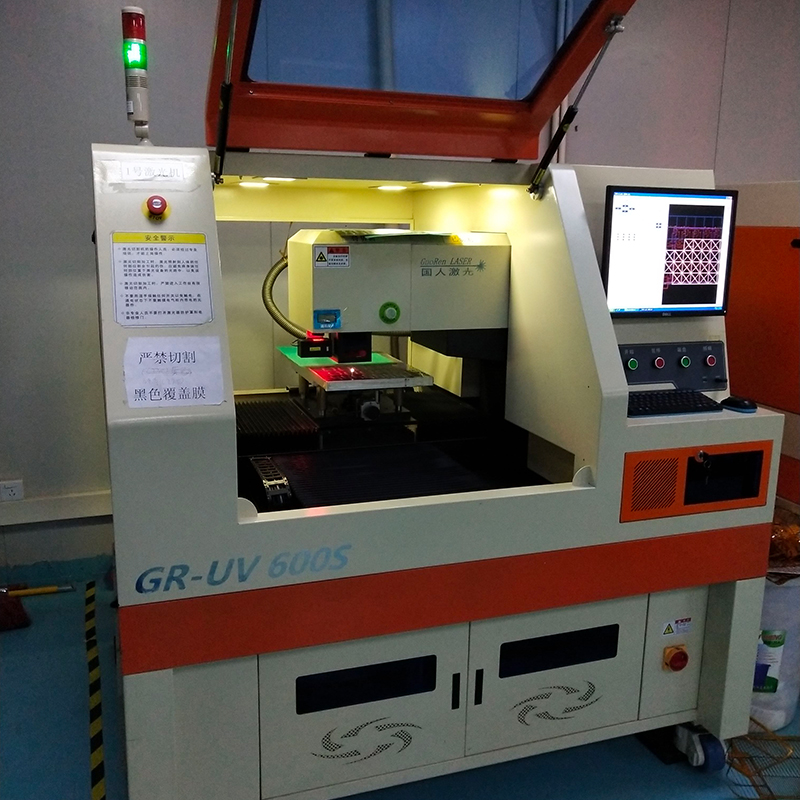Introduce:
Welcome to Capel’s informative blog post where we address the question most electronics enthusiasts have: “Can I prototype a printed circuit board (PCB) using analog circuits?” As a trusted circuit boarder with 15 years of experience Board manufacturer, Capel not only provides high-quality PCBs, but also provides professional technical guidance and excellent service. In this article, we’ll delve into the topic of PCB prototyping using analog circuits, discussing its process, advantages, and considerations. let’s start!
Part 1: Understanding PCB Prototyping:
1.1 The importance of prototyping:
Prototyping is an integral step in the circuit design and manufacturing process. It allows engineers and designers to validate their concepts, test functionality and identify any design flaws before going into series production. With PCB prototyping, developers can save valuable time and resources.
1.2 PCB prototyping method:
There are multiple prototyping techniques, each with its own advantages. One widely used method is DIY prototyping, which involves manually assembling components on a blank PCB using wires. Prototyping services, including those offered by specialist manufacturers such as Capel, employ rapid prototyping techniques such as milling or etching to create a more accurate representation of the final product. These methods are also beneficial for prototyping analog circuits.
Part 2: Prototyping with Analog Circuits:
2.1 Advantages of analog circuit prototyping:
Analog circuits play a vital role in various electronic devices, providing precise control and processing of continuous signals. Prototyping with analog circuits enables designers to test and optimize signal conditioning, amplification, filtering and modulation processes. By simulating real-life scenarios, analog circuit prototyping ensures maximum performance and reliability.
2.2 Factors to consider:
a) Component Selection: When prototyping analog circuits, selecting the right components is crucial. Factors such as amplification range, signal-to-noise ratio, and compatibility with other circuits must be carefully considered.
b) Noise reduction: Analog circuits may be susceptible to noise interference. Shielding techniques, grounding strategies, and proper component placement play an important role in minimizing noise-related issues.
c) Signal integrity: It is critical to ensure that signals passing through analog circuits are accurately preserved and are not affected by distortion. Designing the correct signal path and minimizing impedance mismatch are key considerations.
Section 3: Capel’s role in PCB prototyping:
3.1 Professional technical guidance:
Capel has 15 years of industry experience and has developed extensive expertise in PCB prototyping, including analog circuits. Our team of professionals can provide valuable guidance throughout the prototyping process, assisting with component selection, noise reduction techniques and ensuring signal integrity. We pride ourselves on helping our clients effectively achieve their desired end results.
3.2 Capel’s excellent services:
Capel offers comprehensive services to simplify your PCB prototyping journey. From PCB design and manufacturing to assembly and testing, we have the capabilities to meet different project requirements. Our state-of-the-art manufacturing facilities coupled with our commitment to quality ensure that your PCB prototypes with analog circuitry meet the highest standards.
In conclusion:
Prototyping PCBs using analog circuits is an important process for developers who aim to deliver innovative and reliable electronic products. By leveraging the expertise and guidance provided by Capel, a renowned circuit board manufacturer with 15 years of experience, you can confidently build analog circuit prototypes while ensuring optimal performance, functionality, and signal integrity. Trust Capel to meet all your PCB prototyping needs and let us help turn your ideas into reality.
Post time: Oct-18-2023
Back







